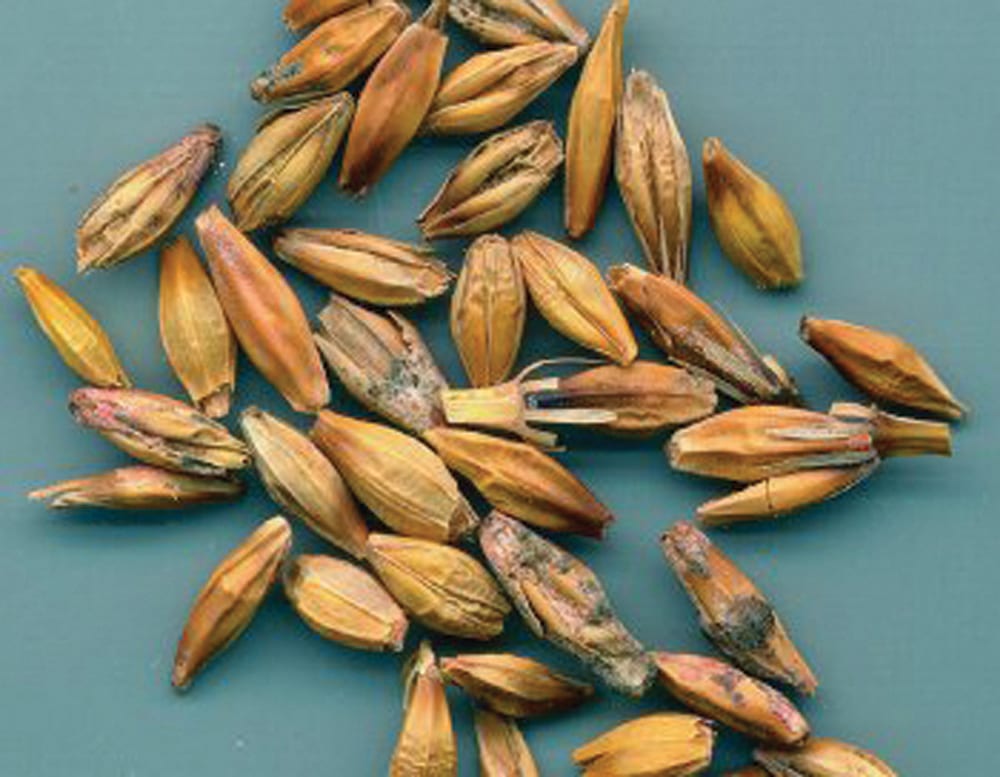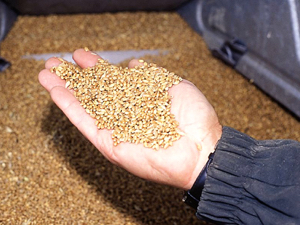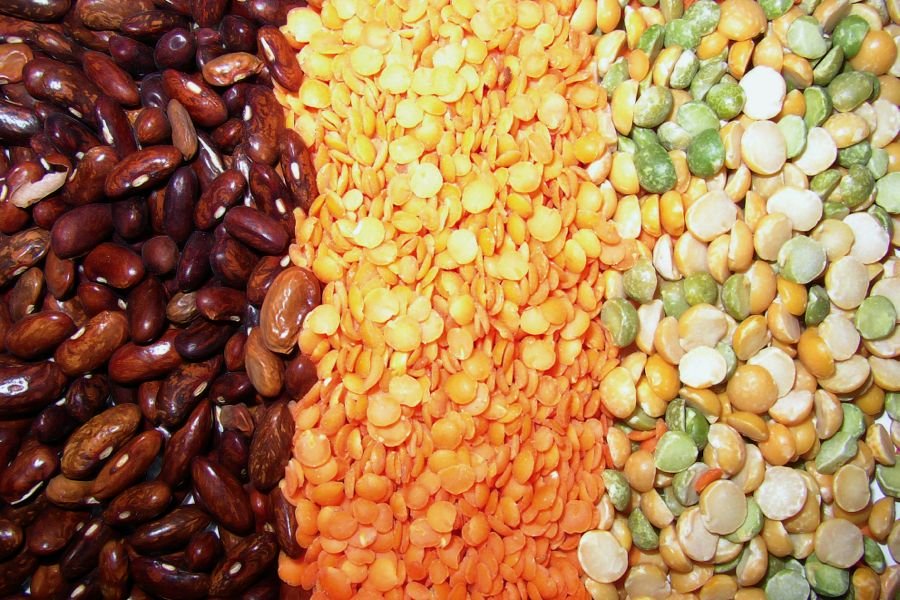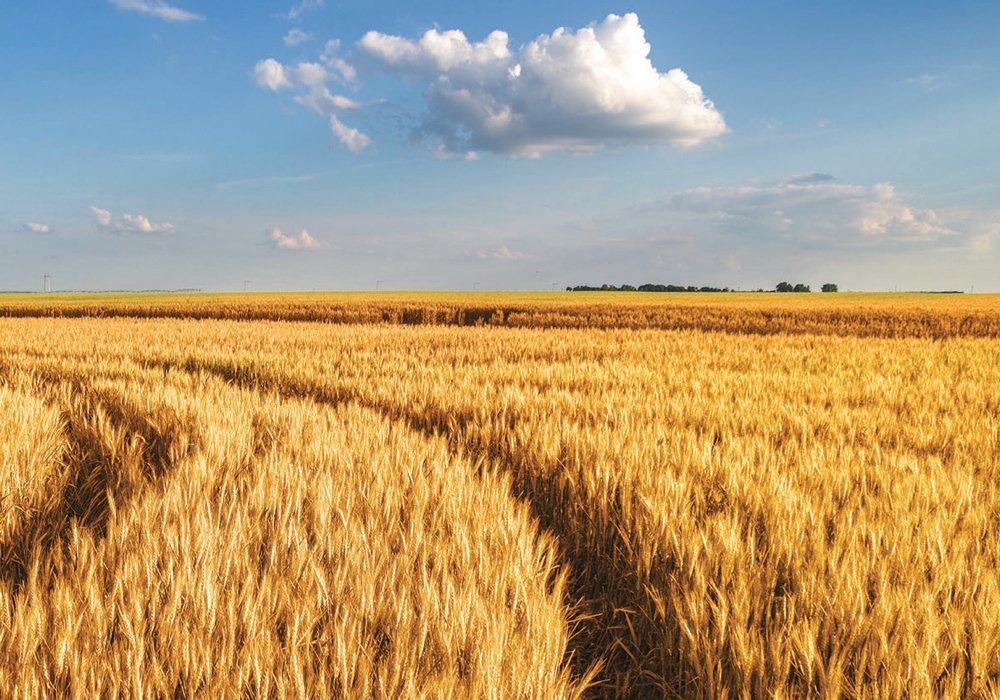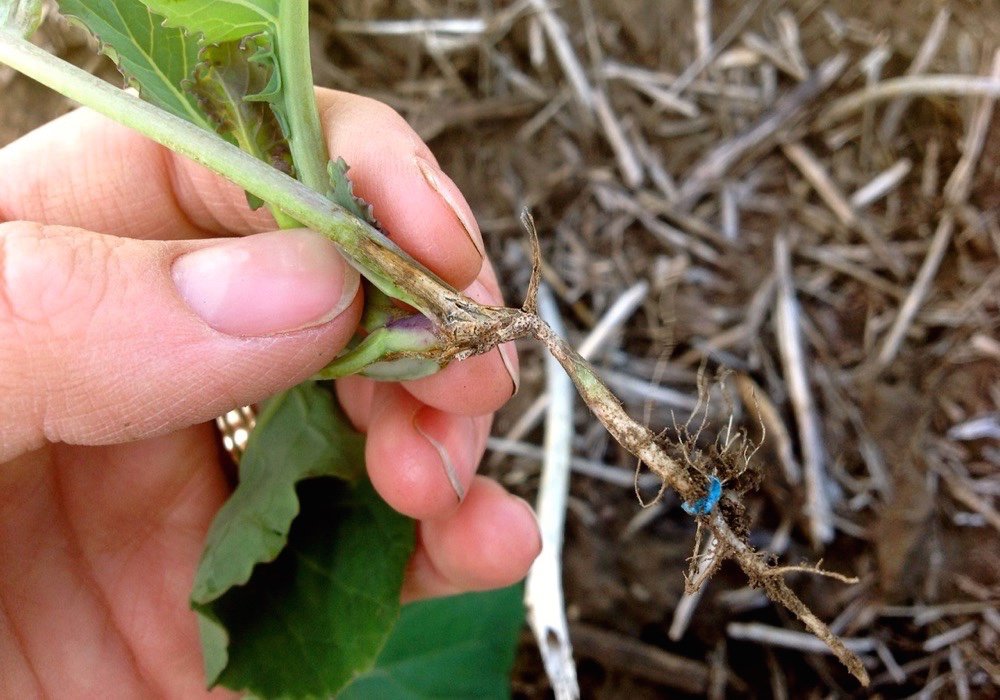Agriculture and Agri-Food Canada researchers offer up what you should be aiming for in quality characteristics

Four tips to better barley production Whether or not you’re using variable rate technology in your malting barley crop, it is important to use due care and attention when establishing the cereal crop, say two long-time Agriculture and Agri-Food Canada researchers.
John O’Donovan, now retired malting barley agronomist ,and Kelly Turkington, a plant pathologist with AFAC in Lacombe, Alta., say research has identified agronomic fundamentals when it comes to growing malting barley.
O’Donovan notes that while 60 per cent of the barley varieties grown on the Prairies are malting varieties, less than 25 per cent is accepted for malting barley every year.
Here are their key points on growing malting barley.
1. Get it in early

Although barley generally matures faster than wheat or canola, it is better to seed earlier than later in most parts of the Prairies (except in the Peace Region). Early-seeded crops have increased kernel plumpness and tend to modify more completely during malting. Seeding early also helps to keep the protein levels down.
2. Seed the right rate

O’Donovan’s research has shown that seeding 300 seeds per square metre (30 per square foot) optimizes yield without compromising plumpness or causing issues with tillering and lodging. He recommends planting by the number of seeds (1,000 kernel weight calculation) per square metre rather than bushels per acre for more consistent results.
3. Go easy on the nitrogen

While generally farmers apply about 120 pounds per acre of nitrogen, research shows the amount can, and should, be significantly reduced to prevent quality issues. Economic analysis research showed increased returns with nitrogen limited to 60 to 70 pounds per acre. While the precise rate will vary from year to year, generally aim to apply about 60 to 70 per cent of soil test recommendations.
4. Plant over peas

While malting barley often follows canola in rotation, research has shown planting on a crop residue of field peas can increase yields up to 20 per cent without a major adverse effect on protein levels. Planting barley on barley significantly increases the risk of leaf disease, lowers yields and decreases kernel plumpness.
What you want

This is what the Brewing and Malting Barley Research Institute (BMBRI) says you are shooting for in terms of malting barley quality characteristics:
• Pure seed lot of an acceptable variety;
• Germination of 95 per cent or higher (three-day test);
• Protein content of 11 to 12.5 per cent (dry basis);
• Moisture content of 13.5 per cent maximum;
• Plump kernels of uniform size;
• Fully mature;
• No signs of pre-harvest germination;
• Free of DON from fusarium head blight;
• ree from disease;
• Free from frost damage;
• Not weathered or deeply stained;
• Less than five per cent peeled and broken kernels;
• Free from heat damage;
• Free of insects, admixtures, ergot, treated seeds, smut and odour; and,
• Free of chemical residues








